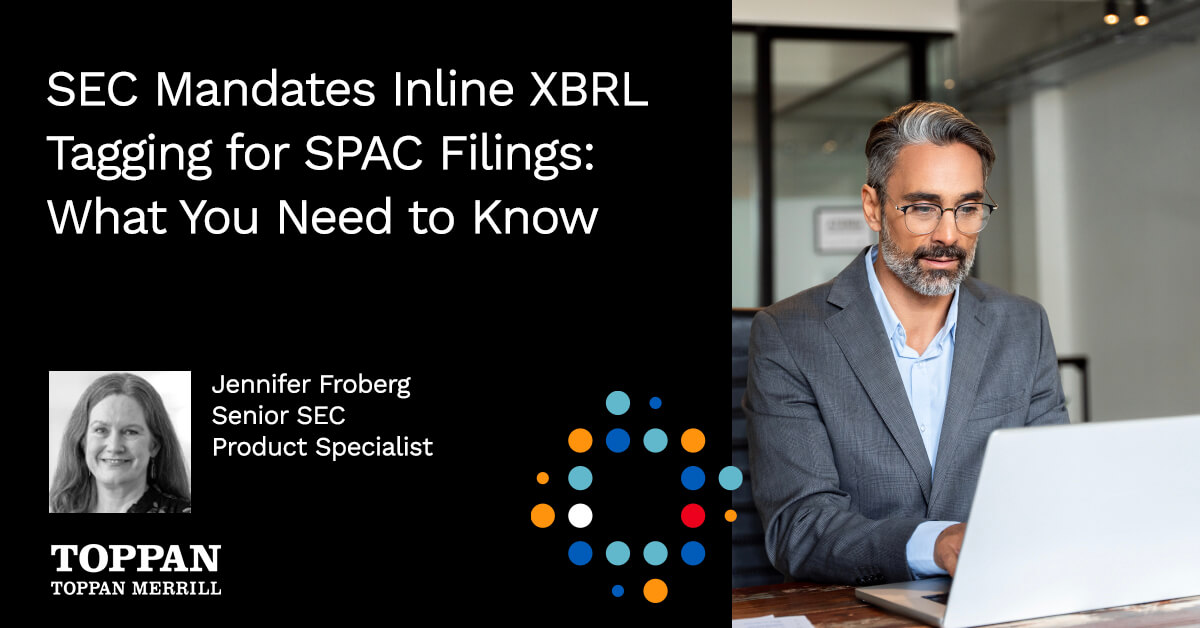Originally posted June 20, 2024. Updated September 13, 2024.
What is a RILA?
A RILA is a type of annuity contract that provides investors a return, based on the performance of a market index. RILAs are retirement investment products geared towards retail investors and tend to offer higher growth potential than fixed-income instruments, combined with a degree of risk protection.
Unlike variable annuity contracts which file under Form N-4, RILAs currently register offerings and file with the SEC on Form S-1 or S-3.
On July 1, 2024, the SEC adopted amendments to provide a tailored form to register the offerings of registered index-linked annuities (RILA) and registered market value adjustment annuities (MVA). The rule and form amendments regarding non-variable annuities will:
- Require offerings of RILAs and registered MVA annuities to be registered on Form N-4 beginning May 1, 2026;
- Allow RILAs to begin using Form N-4 as early as September 23, 2024 as long as certain conditions are met;
- Provide investors with tailored disclosures and key information about these products;
- Modernize the registration, filing, and disclosure framework for non-variable annuities;
- Make RILA sales material subject to Rule 156 disclosure and prospectus delivery requirements, which is a break in parity with variable annuities;
- Update the form for all offerings, including those of variable annuities, and make technical amendments to other insurance product registration forms.
On The Dot
Podcast: Simplifying EDGAR Next enrollment and delegation [18:34]
On The Dot (Episode 8) – A conversation with Jennifer Froberg, Gordon Ruckdeschel and Jon Regan discussing the EDGAR Next enrollment and delegation process.
Background
Since 1985, insurance companies offering variable annuities have provided their disclosures using Form N-4. Today’s proposal would require RILAs to use an amended Form N-4, reflecting RILAs’ particular characteristics. These changes would streamline the registration process for issuers already using N-4 for other investment products. Furthermore, this would make disclosures among similar investment products more consistent.
Use of Form N-4 and Summary Prospectus for RILAs
The amendments require the use of Form N-4 when registering offerings of non-variable annuities. To accommodate this, the SEC adopted amendments to the form that specifically address the features and risks of non-variable annuities. Further, because the amendments require the registration of offerings of non-variable annuities on Form N-4, these offerings are subject to the requirements on the form related to financial statements. This includes instructions that permit variable annuity issuers, in certain circumstances, to file financial statements prepared in accordance with Statutory Accounting Principles (SAP), alleviating the need for XBRL tagging and filing of US GAAP financials. Although issuers may not be required to use GAAP financials, they will be required to tag certain content using the Variable Insurance Products (VIP) XBRL taxonomy.
The amendments also permit non-variable annuity issuers to use the summary prospectus framework available to variable annuity registrants. Consistent with Rule 498A for variable products, if using Summary Prospectus, non-variable annuities will be required to meet web hosting requirements, including internal document linking of key terms in the Summary Prospectus and cross document content access required utilizing the layered disclosure framework. The Summary Prospectus will consist of much of the same disclosures used for variable products.
Updates to the Filing Rules
The amendments provide a consistent registration process for issuers on Form N-4 by requiring non-variable annuity issuers to follow the same rules to update their registration statements and to file prospectuses that currently apply to issuers of variable annuities.
The amendments also require non-variable annuity issuers to pay securities registration fees in arrears on Form 24F-2.
Inline XBRL
Although not required until May 1, 2026, non-variable annuity issuers must tag certain prospectus disclosures that Form N-4 currently requires to be tagged in Inline XBRL. Unlike for variable products, the SEC is not permitting an XBRL phase-in period for RILA issuers, partially due to the understanding that almost all insurers that issue RILAs have experience with tagging registration statements.
Benefits
- By using SAP Financials avoids US GAAP XBRL tagging
- Only actively sold products will require XBRL tagging
- Issuer familiarity with Variable Insurance Products (VIP) taxonomy
Content to be tagged in the Statutory Prospectus
- Key Information Table
- Fee Table
- Principal Risks of Investing in the Contract
- Benefits Available Under the Contract
- Investment Options Available Under the Contract
- Selected new, non-variable annuity-specific disclosures, including Risk disclosures, to benefit investors, the commission and other market participants.
XBRL will be required for any pre-effective amendment or post-effective amendment for contracts being sold to new investors that includes or amends Items 2(b)(2), 2(d), 3, 4, 5, 6(a), 6(d), 6(e), 7(e), 10, 17, 26(c), or 31A of the Statutory Prospectus, which must be submitted on or before the registration statement becomes effective.
For any form of prospectus filed pursuant to paragraphs (c) or (e) of rule 497 that includes information for the above items in the Statutory Prospectus that varies from the registration statement.
On September 13, 2024, the SEC posted a draft VIP taxonomy incorporating new disclosures related to RILAs that will be required to be XBRL tagged. The draft taxonomy is currently being reviewed.
How Toppan Merrill can help
Toppan Merrill continues to carefully follow SEC regulatory changes. We have simple and straightforward platform solutions to help you manage the SEC tailored shareholder report requirements from end to end.
If you have questions about the rule changes, would like to discuss recent experiences or would like assistance, the experts at Toppan Merrill can help. We also offer a range of additional resources so filers have the information to meet their regulatory compliance needs. Contact us today!



